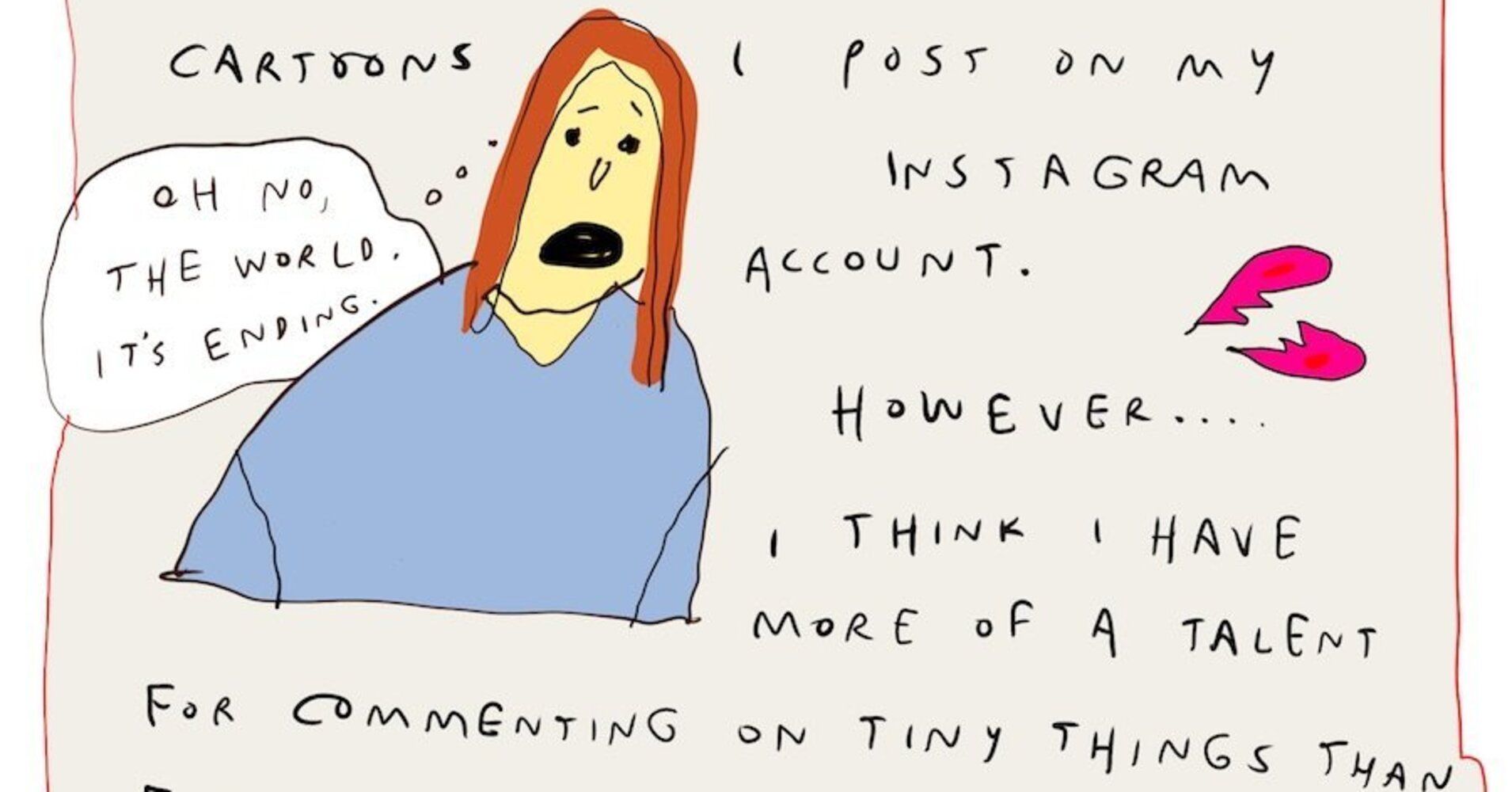[ad_1]
On the jacket of Liana Finck’s graphic novel Passing for Human, the book describes itself as a memoir. But it’s also a love story, I think, between the protagonist Leola ― based on Finck herself ― and her shadow.
“Everyone has a shadow,” Finck writes. “But not everyone’s shadow can move, and talk, and think on its own.”
The shadows belonging to the women in Leola’s family ― all the way back to her great-grandmother ― can. Sometimes these shadows operate like guardian angels, pulling Leola and her matriarchs toward the right people and tasks. Alternately, they feel more like burdens, unwieldy reminders of what makes the women different, anxious and lonely. Shadows shape-shift into gut instincts, creative bursts, imaginary friends. They are our truest, weirdest, most unruly selves, the versions we can only see when standing in our own shoes.
In Finck’s story, Leola eventually loses her shadow, just like the women before her did. People, creative women in particular, are socialized and normalized, the book insists. And the shadows drop away. But through drawing, Leola attempts to lure hers back.
“A draw-er doesn’t draw because she loves to draw,” she writes. “She doesn’t draw because she draws well. She draws because once, she lost something. And by drawing, she will find it again.”

You probably know Finck’s cartoons from The New Yorker or her immensely popular Instagram. Her minimalist line drawings capture the emotional toll of both social interactions and loneliness. Her wiry, jittery style has become the contemporary aesthetic of anxiety, the visual manifestation of wanting, wavering and pressing onward, however imperfectly.
Yet Finck’s cartoons are perfect in that they feel true, a simple but remarkable feat. As an artist, she’s genuinely found her voice and embraced it, even when it’s cranky, judgmental, awkward, political, goofy, whimsical or terribly sad. She is generous and ruthless on the page, drawing fears and insecurities that at times reach out a hand to hold you and pet your head, or simply howl alongside you in rage.
Passing for Human is semi-autobiographical, focused on Finck’s own journey moving from a person who fears their differences and shortcomings, to a person who embraces them and helps others do the same. The book is gorgeously rendered in black and white, light and shadow, the heavy black cross-hatching symbolizing the “women’s work” so many women denied a traditional artist’s path use to express themselves.
I wanted to know more about Finck’s life and work. And, graciously, she agreed to tell me ― in pictures.
Priscilla Frank:
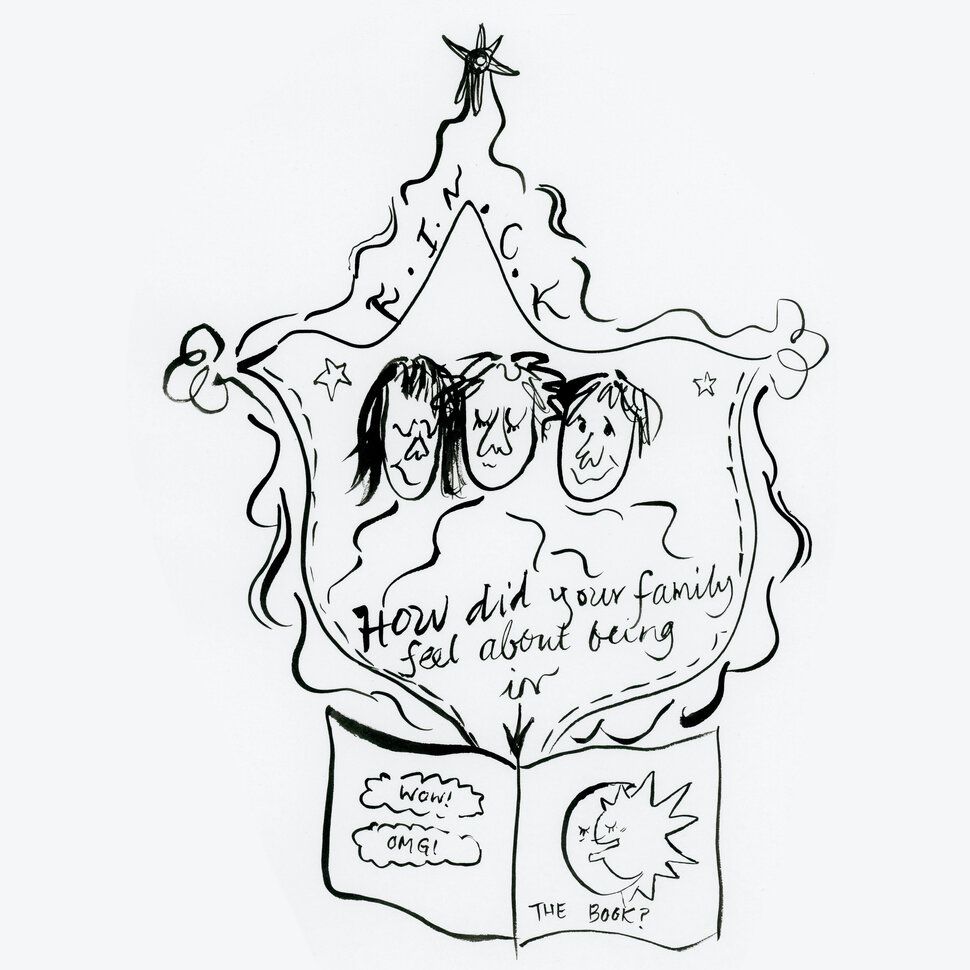
Liana Finck:
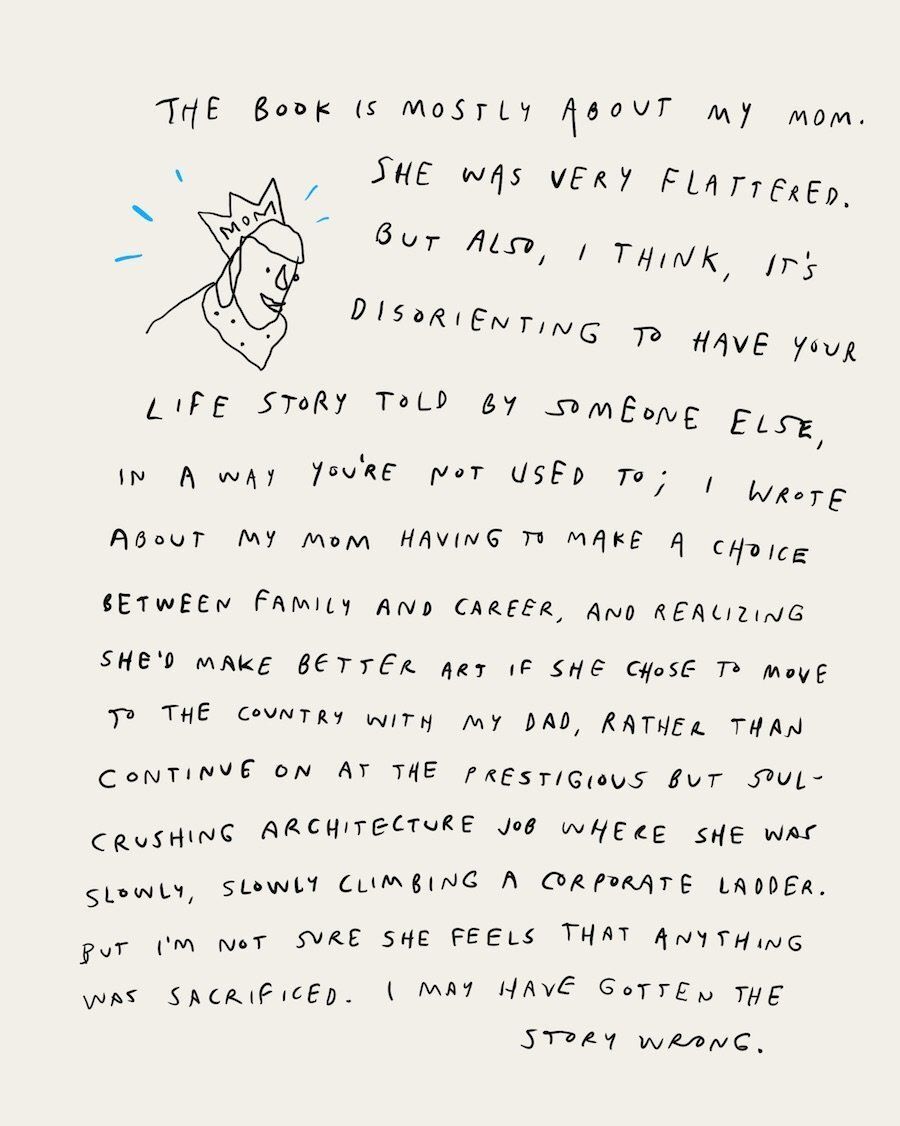
Frank:
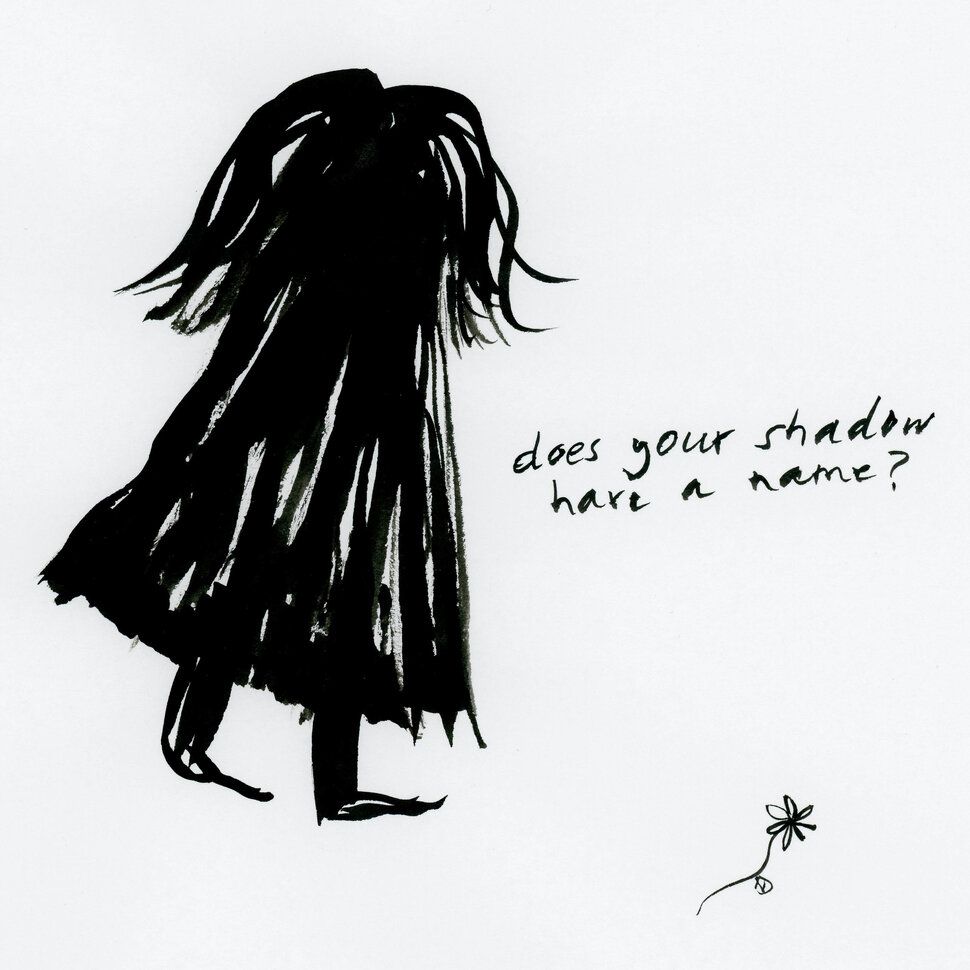
Finck:
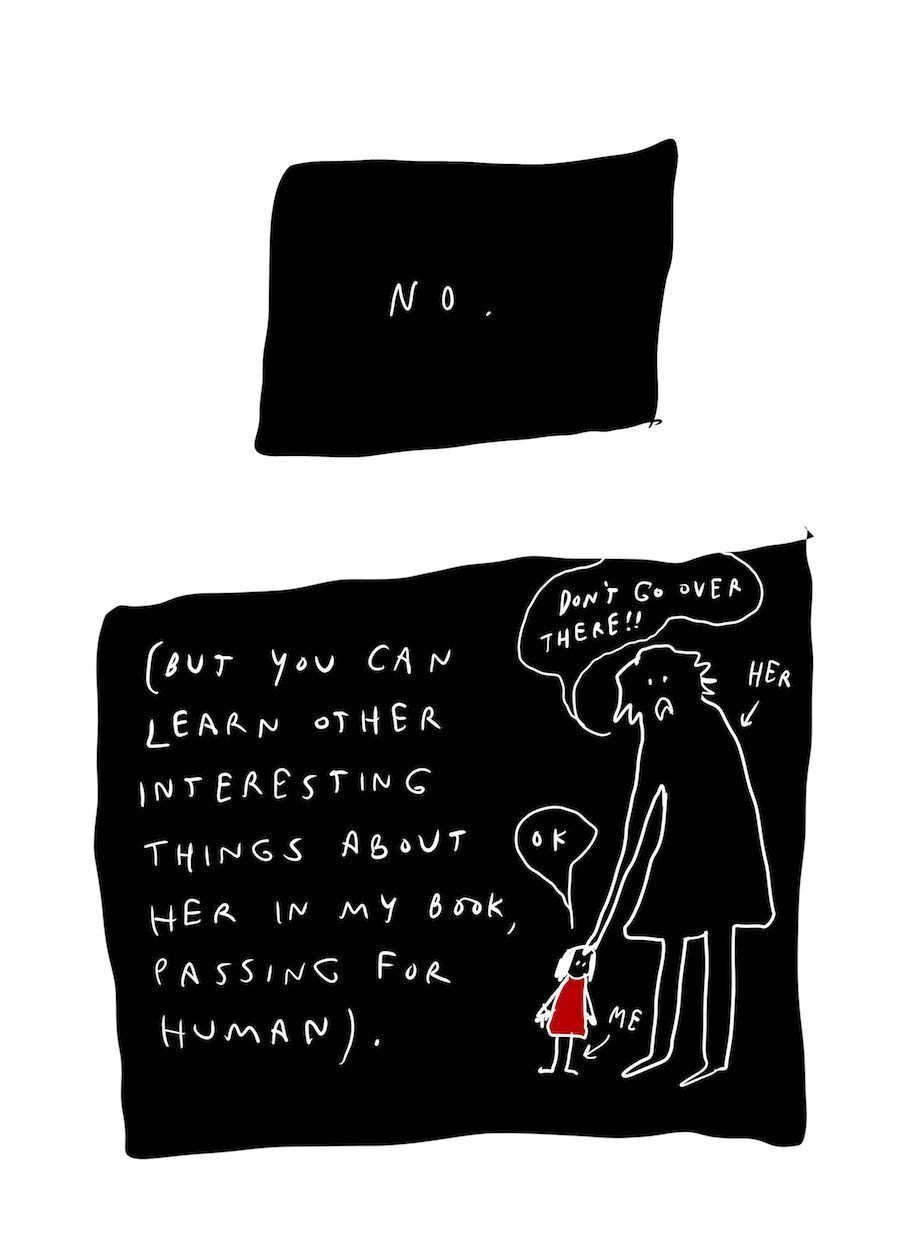
Frank:
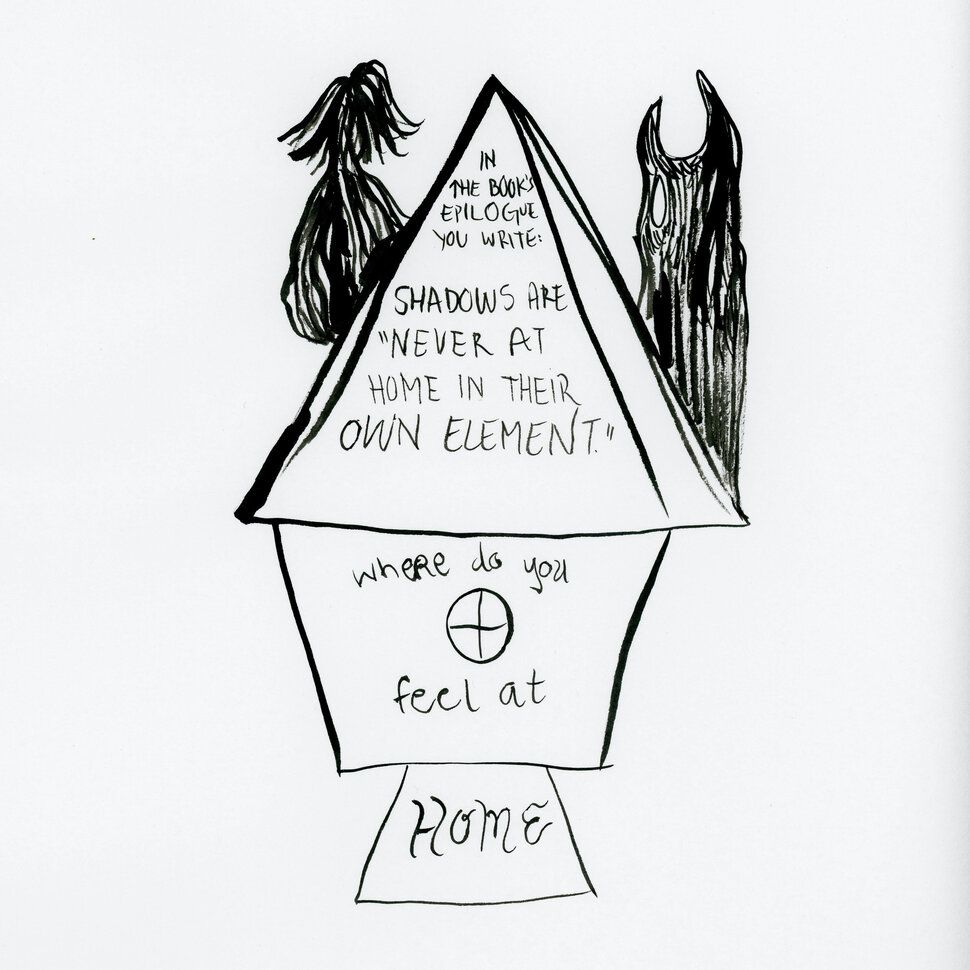
Finck:
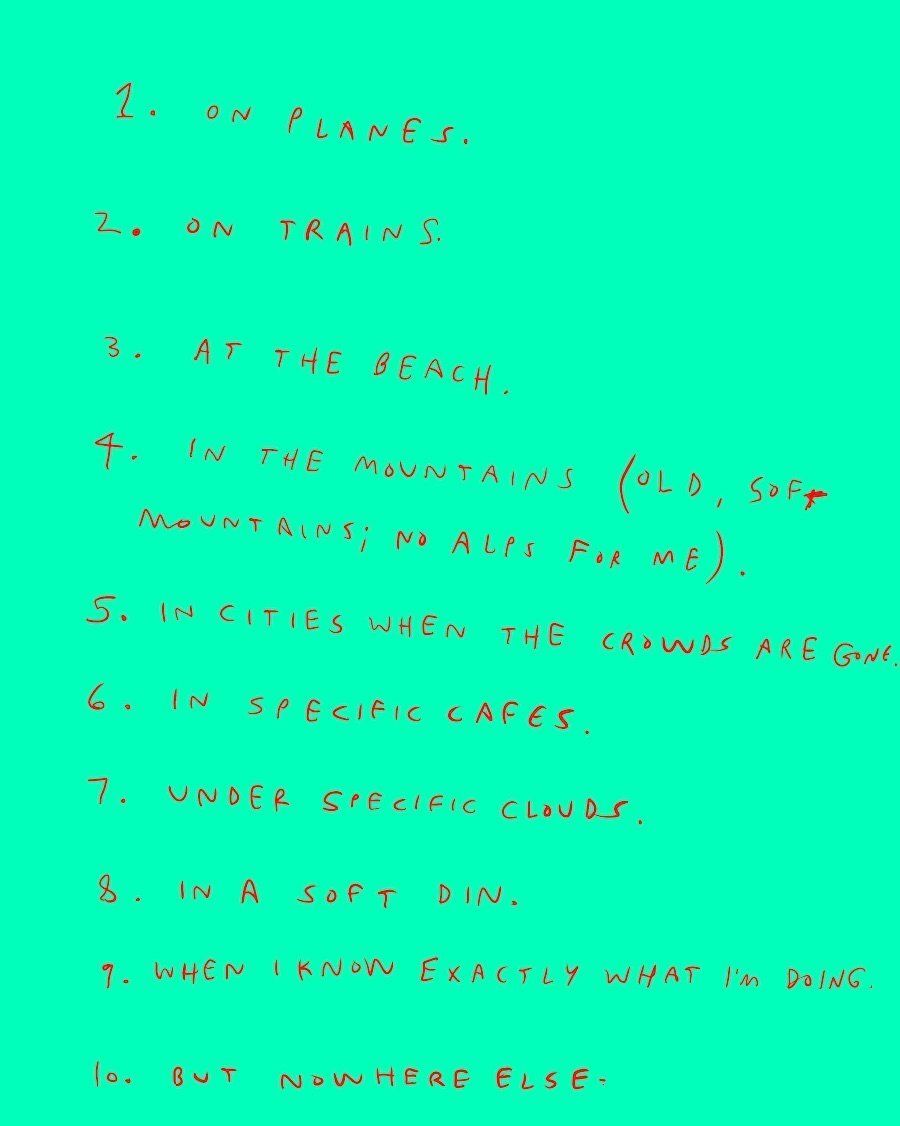
Frank:
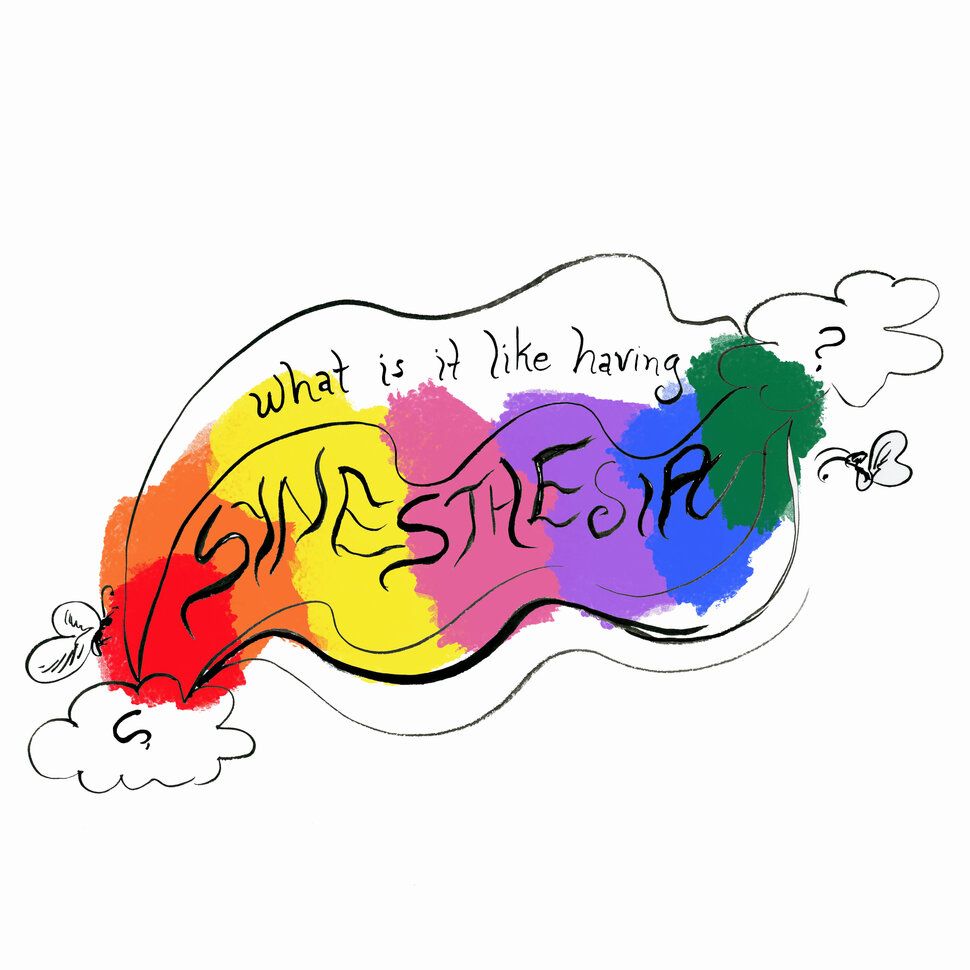
Finck:
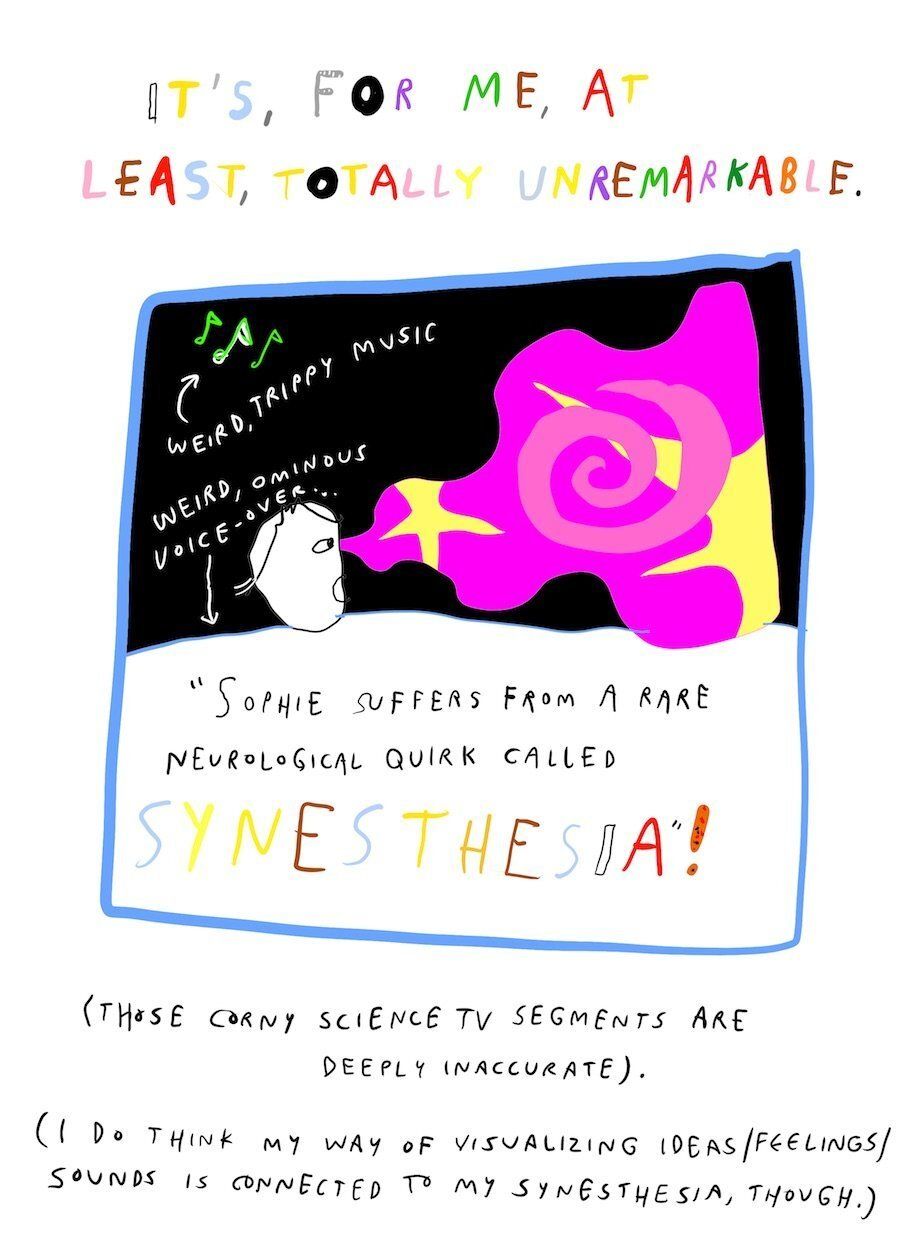
Frank:
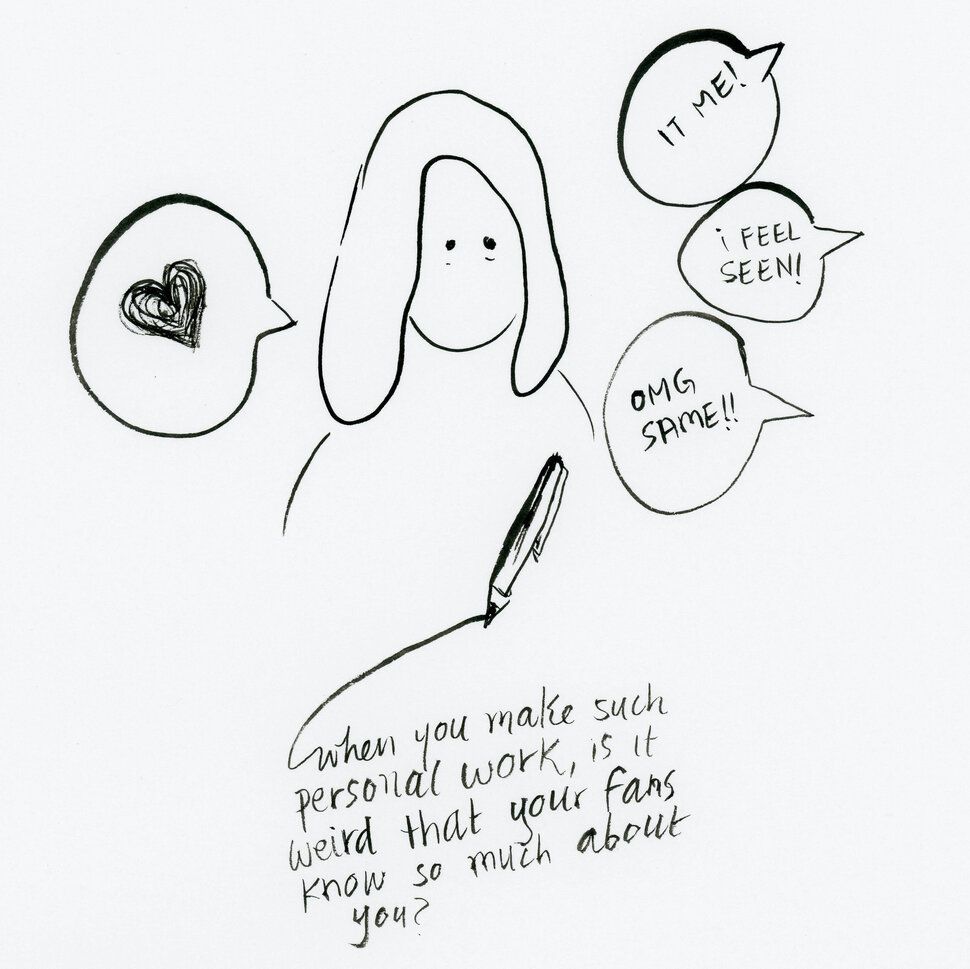
Finck:
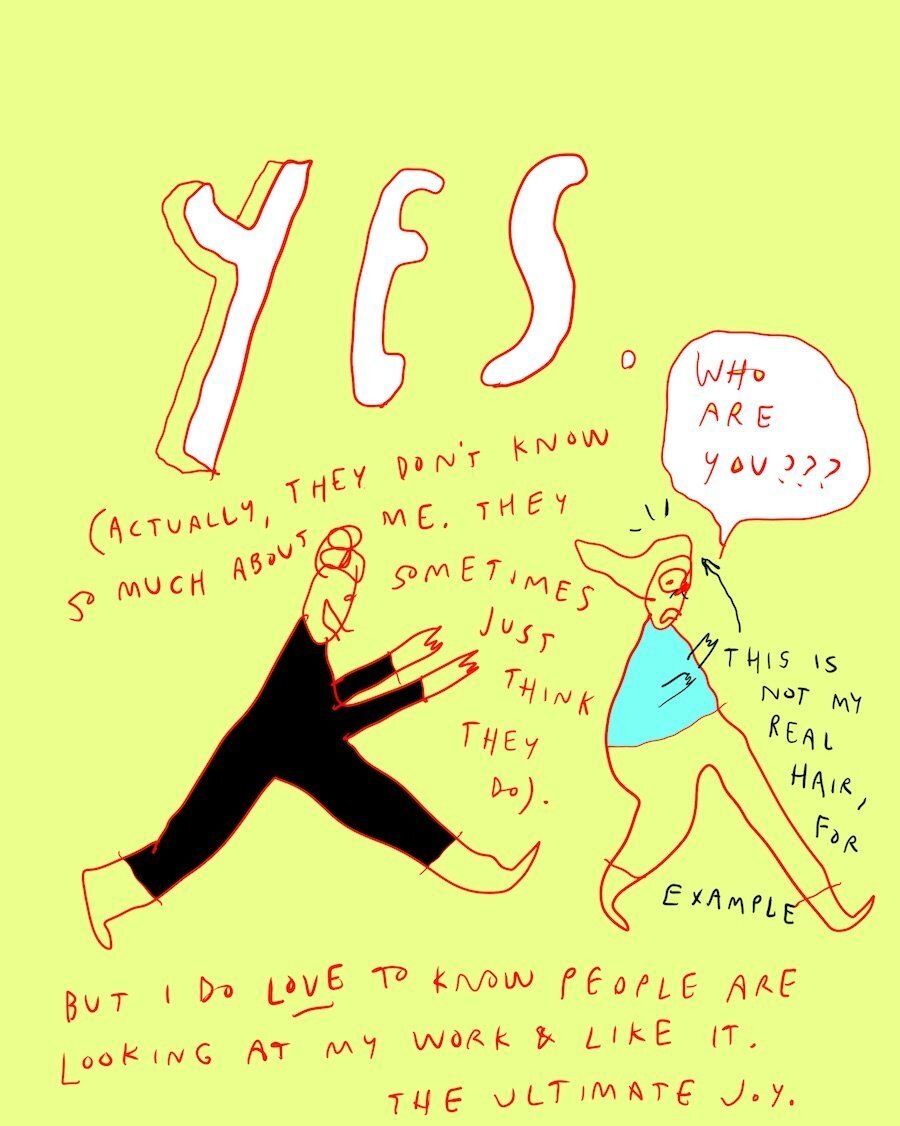
Frank:
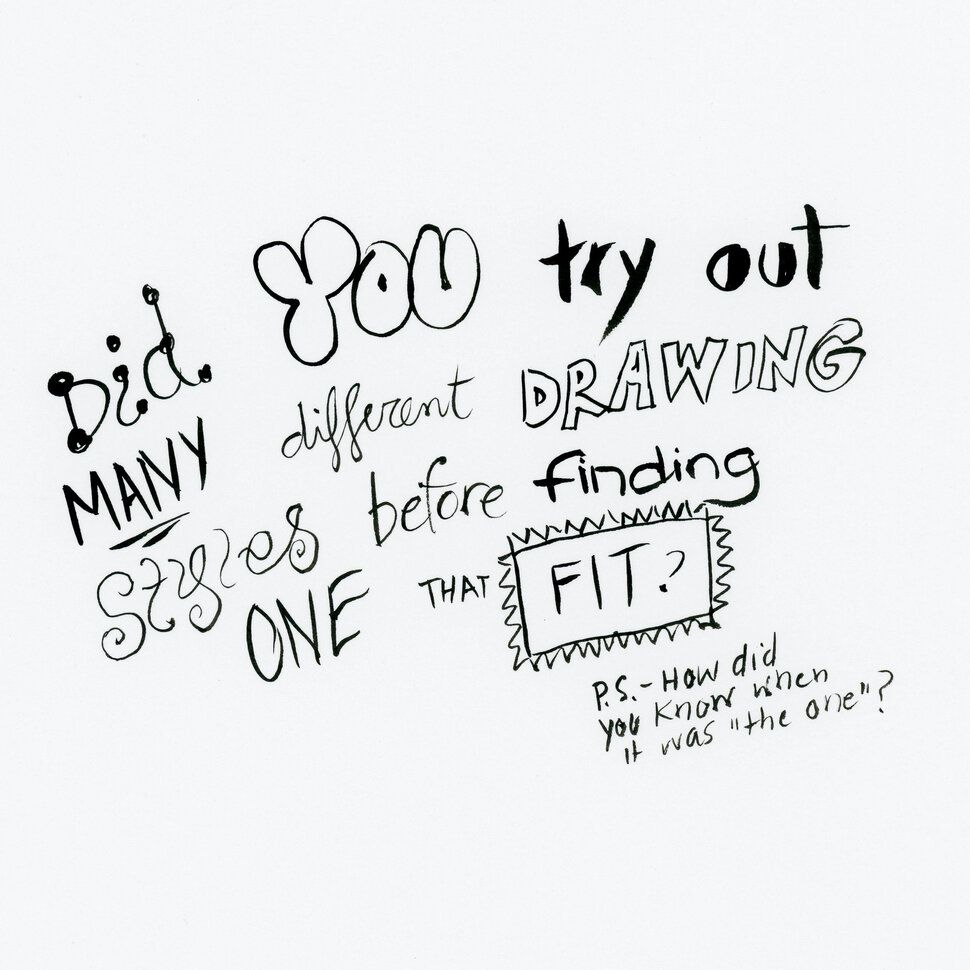
Finck:
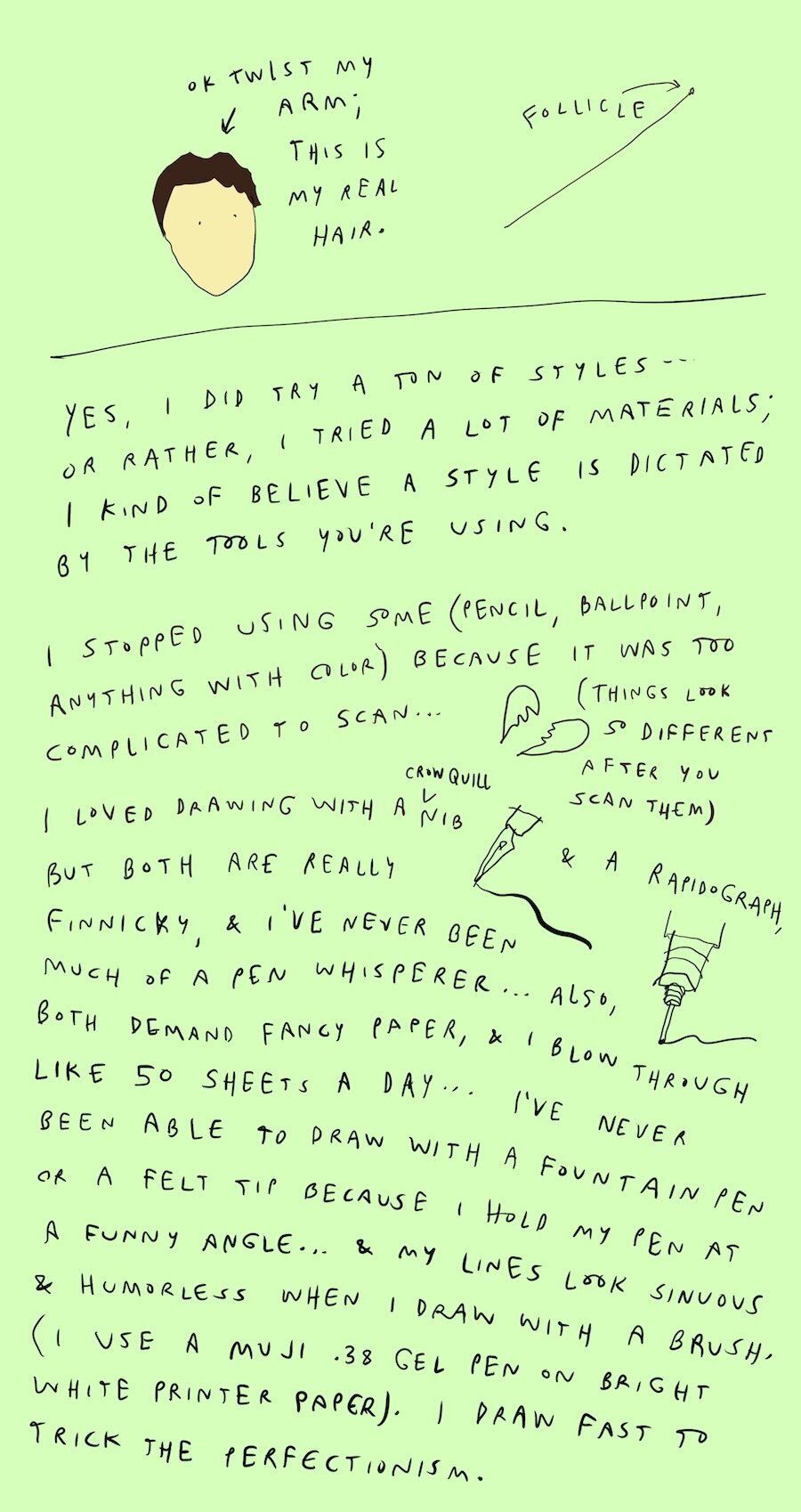
Frank:
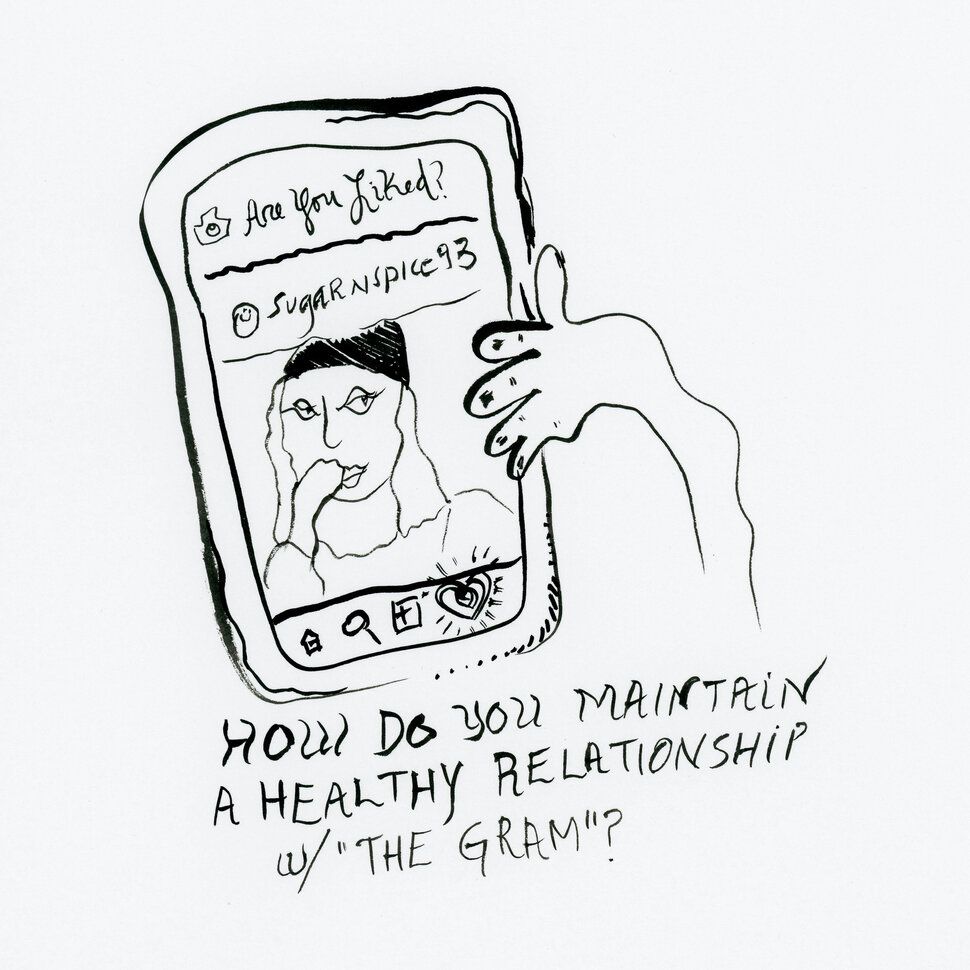
Finck:
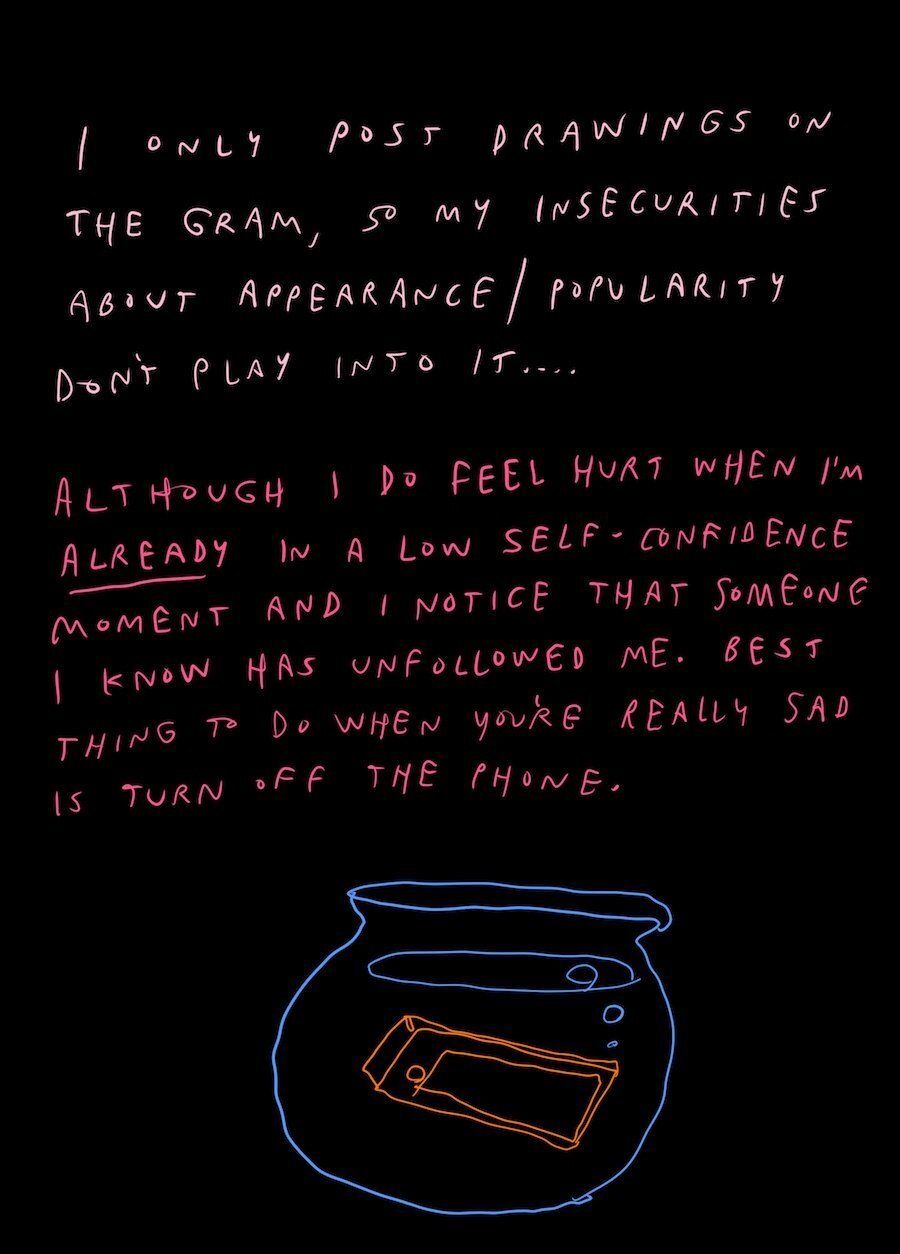
Frank:
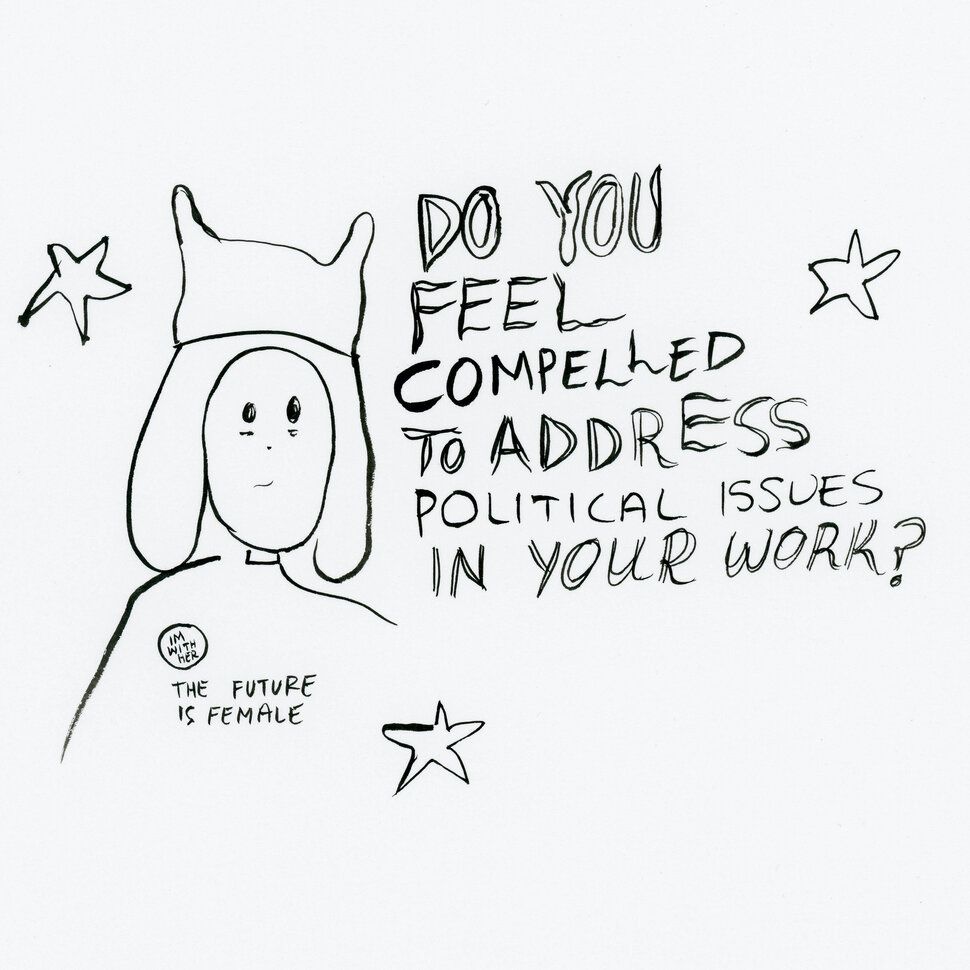
Finck:
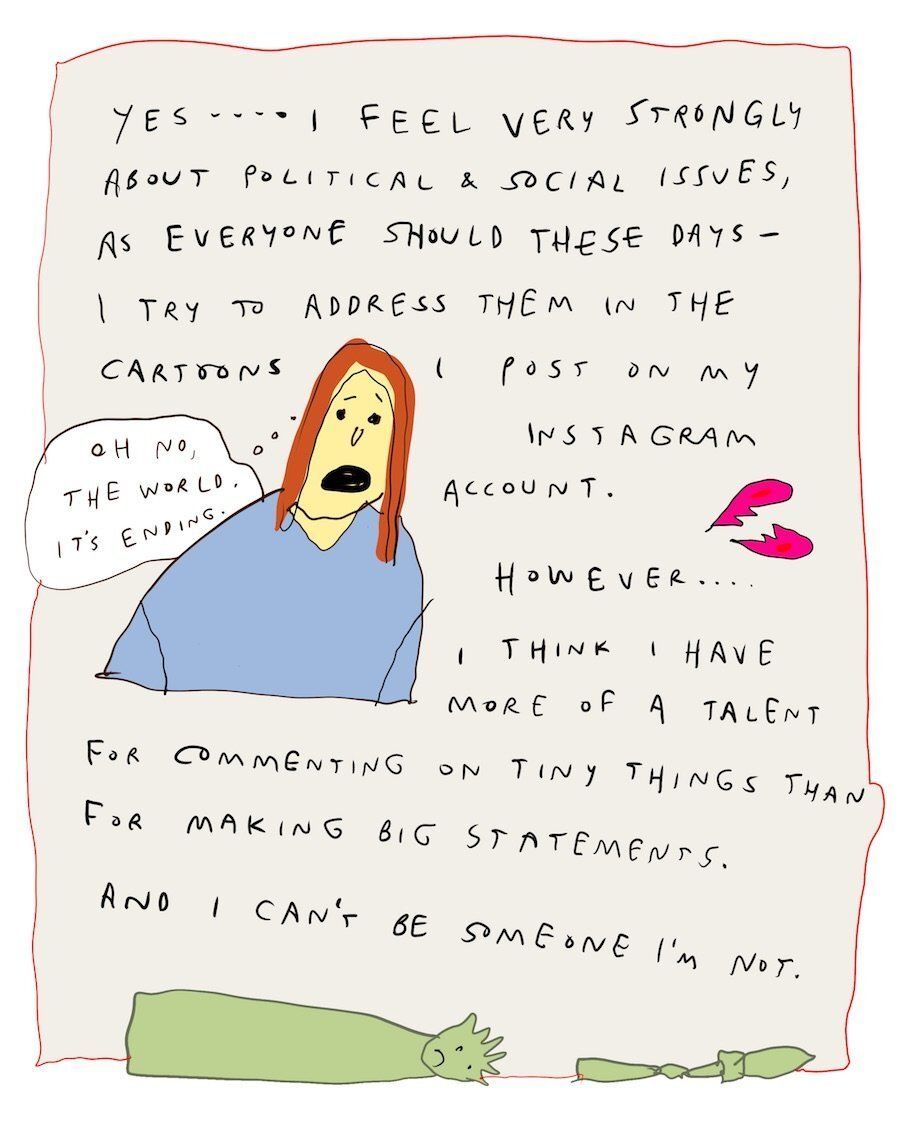
Frank:
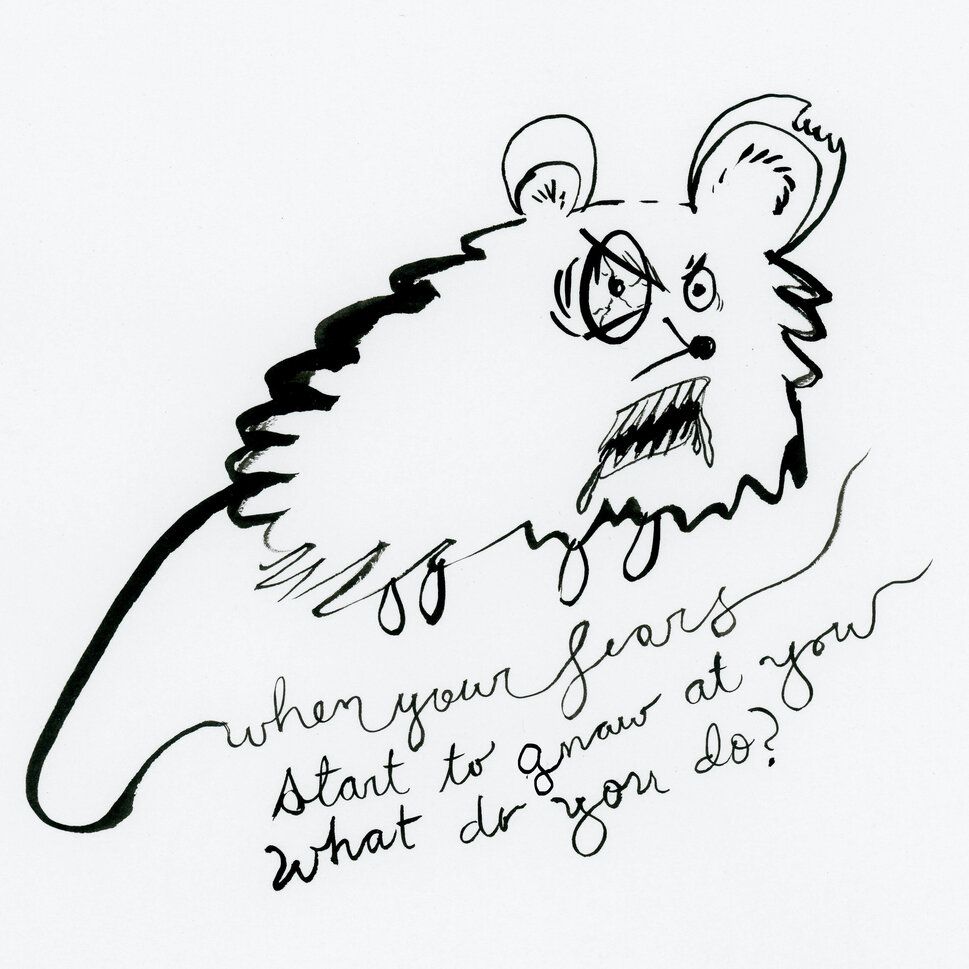
Finck:

“Drawing with Friends” is a semi-regular series on HuffPost.
REAL LIFE. REAL NEWS. REAL VOICES.
Help us tell more of the stories that matter from voices that too often remain unheard.
[ad_2]
Source link

